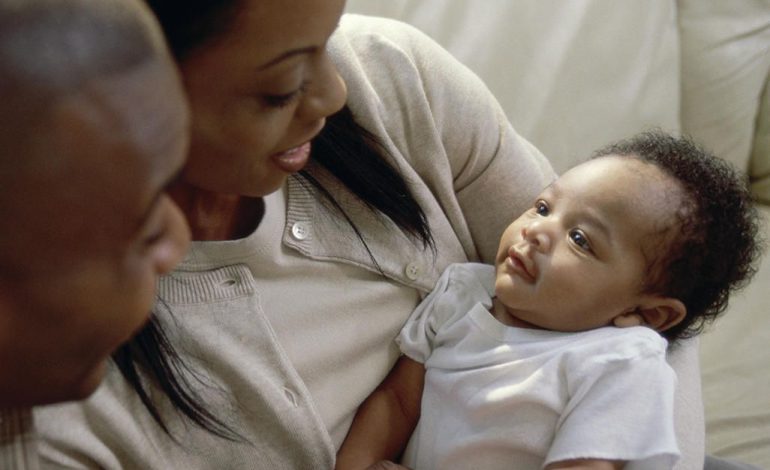Neonatal & infant skin care

Preserving a baby’s skin integrity and reducing the risk factors for skin infections is a crucial part of child care. Therefore, neonate skin care education for parents and caregivers is a must have. Understanding your baby’s skin type will help you give the necessary care and management for their specific skin type.
Categories of skin type
Normal Skin- This type is smooth and has no visible spots or rashes.
Dry Skin -This skin type will always appear rough and, more often than not, flaky sometimes throughout the year. Young skin is more susceptible to getting dry thus dryness could be severe.
Sensitive Skin – All babies have sensitive skin though some are super sensitive. A sensitive skin will redden and get irritated easily.
Eczema-Prone Skin – This can be the most troublesome type and is relatively easy to spot. However, you need to consult a dermatologist to confirm that indeed your baby’s skin is eczema-prone. This type of skin is extremely itchy and with occasional red patches.
Test for baby’s skin type
The best time to identify any problem with your child’s skin is while giving baths. After giving your baby a bath, apply sufficient skin Jelly and give the skin some time to absorb. After a few hours or once you’re sure the skin has absorbed the oil, take some blotting paper and rub on the forehead.
Hold the blotting paper up to the light. Heavily stained paper is an indicator of oily skin. Moderately stained paper indicates normal skin, while lightly to absently stained paper indicates dry skin.
Remember if you notice any anomalies in your baby’s skin, its best to take your baby to see a doctor to manage it.
Dos and Don’ts for your baby’s skin
If you can, avoid using wash cloths as they increase the rate of water loss from the skin. During bath time, avoid vigorous toweling, instead pat the skin gently with a soft towel.If you use baby powder, keep it away from your baby’s face. This is because the talc in the powder has been proven to cause breathing problems in children.Massage your baby as massages are a great way to wind down from bath time. They are also a great way to help your baby relax and sleep. Use skin Jelly that will keep your baby’s skin protected for up to 24 hours.Avoid irritants that could cause allergies on your baby’s skin. These include harsh fabrics, soaps and detergents, perfumes and dyes among others.Keep your baby’s nails short. If you leave your baby with long nails, they might scratch their skin and face.
In a nutshell…
Your baby’s skin is more delicate than that of an adult and needs extra attention. Ensure that you understand your baby’s skin type and the things you should avoid when dealing with your baby’s skin.




